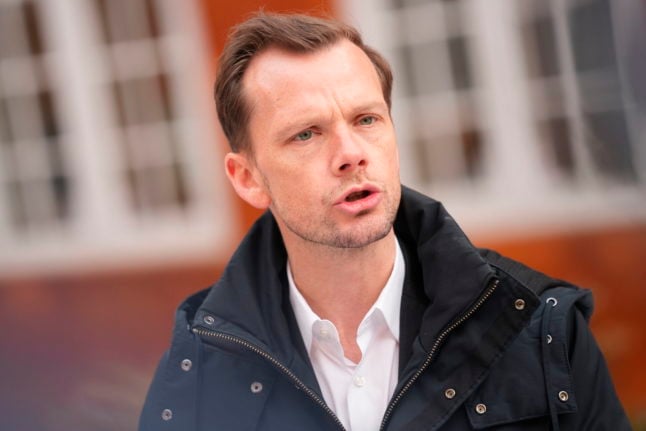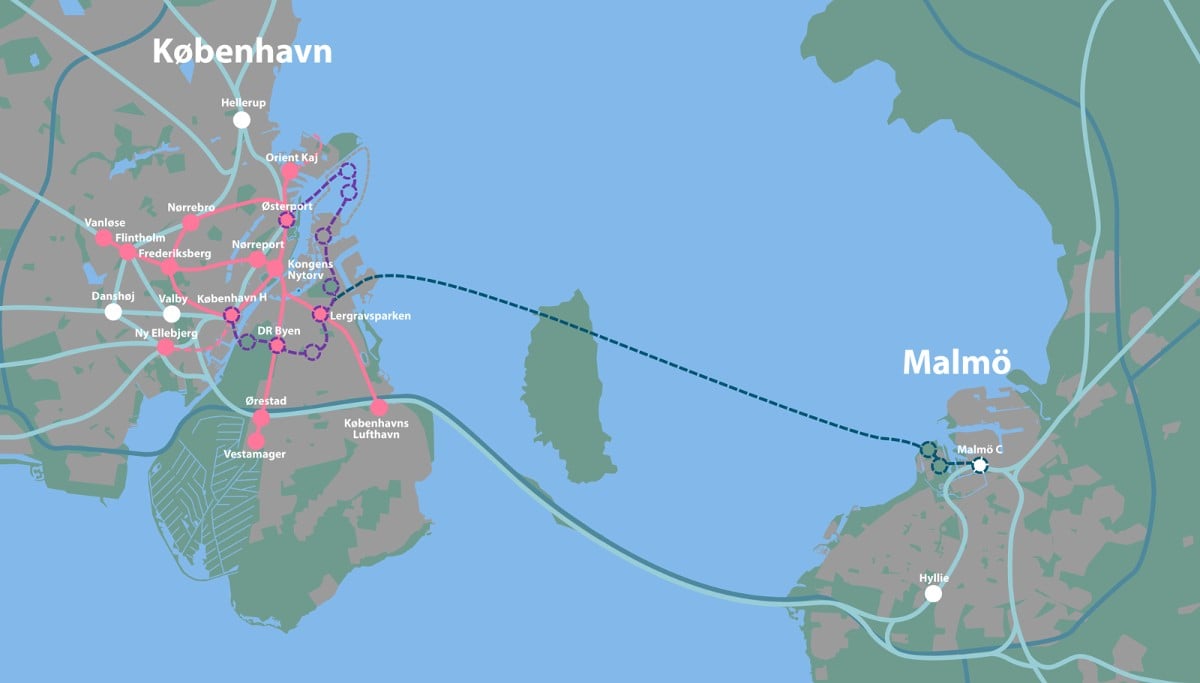Justice Minister Peter Hummelgaard told local media TV2 Kosmopol that a permanent closure of the Pusher Street market would be seen through by authorities this year.
“I dare not promise a date right now, but during the next six months we will see this plan take full effect. That means you will see a closure of Pusher Street this year,” Hummelgaard said.
The statement represents the first time Hummelgaard has been close to giving a specific date for closure of the market.
Efforts to stop the market from operating are taking place in coordination with Copenhagen Municipality and residents in Christiania, an enclave within the Danish capital known for its residents’ alternative lifestyles.
READ ALSO:
- Denmark to double drug penalties and close market in capital’s ‘Pusher Street’
- Christiania wants Pusher Street closed for good after gang shooting
- Copenhagen Police announce Christiania cannabis trade clampdown
Amid a latest clampdown on the market by police this month, residents in Christiania have said they want something else to be built on the site as a way of preventing the market stands from returning.
The market has fallen under control of organised crime and has been linked to several violent incidents in recent years.
“We agree that we have to put something else in its place. But we are finding it very difficult to make a super-realistic plan when we don’t know what we’re dealing with yet,” Christiania residents’ spokesperson Hulda Mader said this week.
A recent residents’ meeting addressed what Pusher Street and the surrounding area will look like when the market is closed permanently, news wire Ritzau reported.
“We are waiting for the authorities to back us up in terms of financing and security,” Mader said.
Hummelgaard did not go into specifics as to how Pusher Street can be permanently closed, but said it would require an increased police presence at the location.
Renovation of the area is scheduled to begin in April after residents voted on Sunday in favour of regeneration works.
The plan envisions a cultural and building festival being placed on the street, according to TV2 Kosmopol.





 Please whitelist us to continue reading.
Please whitelist us to continue reading.
Member comments